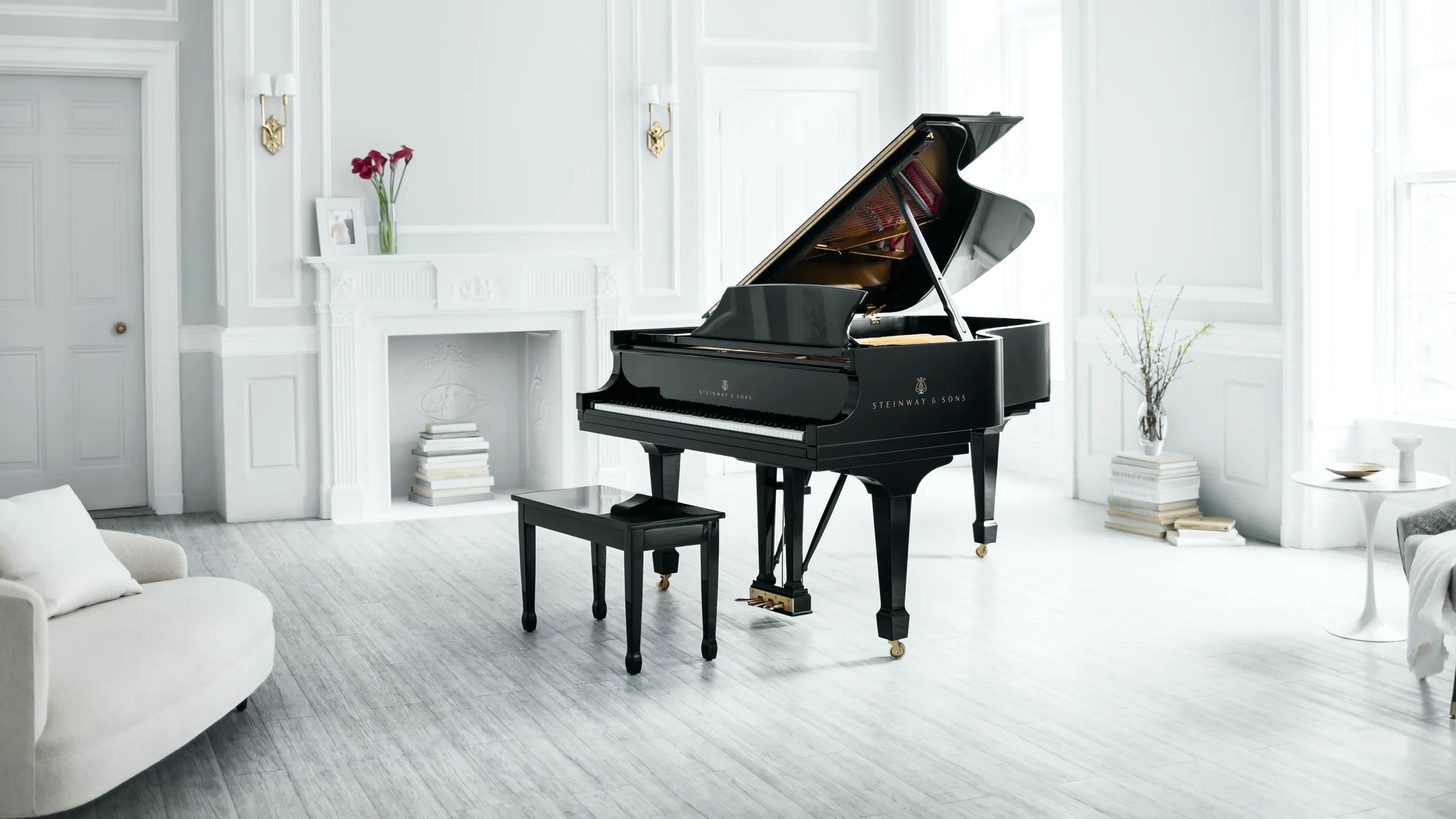We here at De-Fi have a background in making stuff that plugs into walls, computers, and the interwebs, and making all of those things talk to each other. There are universal product development disciplines to accomplish these things that we’ve taken into furniture design, and the foundation of a lot of development is the user story (more here). In this series we’re going to explore actual user stories that we created based on feedback, and how they drove development.
This week’s user story, and this is a big one, that’s also verbatim from the specification for the updated Platform is:
-
My significant other hates the look of my studio furniture that looks more at
home on a Sci-Fi set. I want something that looks like it came from an actual furniture design firm.
While this doesn’t really address workflow or ergonomics (we have other stories that do that), it was a main driver in determining the design language of both versions of the Platform desk, that crept into all of our design language.
Culturally, the music instrument industry has settled into an aesthetic where cost considerations often drive industrial design, and if a choice needs to be made on whether to spend the money on a feature or design, design almost always loses, even if we know the feature isn’t that important, because the conventional wisdom is that the spec sheet drives sales. While that’s somewhat true, and I am guilty of this (My product portfolio is full of MIDI controllers where through design studies I knew you wouldn't use all the faders, but also knew you wouldn't buy it without them.), there’s an opportunity to break that mold and give people a showpiece that is both functional and looks like it was designed to actually look good.
As musicians and producers making stuff for other musicians and producers, we also tend to have a design aesthetic couched in what we think stuff should just look like, because that’s what it looks like. This is very much the case with studio furniture. While there were some custom builders making furniture out of solid wood with an eye on a natural aesthetic, it seems everything else was made out of materials and designs that looked like the control console of the Starship Enterprise.
This is likely because we’re nerds, but also the mixing consoles that our production desks replaced were futuristic looking tech pieces. This is regardless of cost. There are desks orders of magnitude more expensive than Platform that look like Sulu could be producer, and you know what, that’s fine! A lot of producers aspire to that SciFi aesthetic, even if we’re not sitting at a Neve battle station, there’s nothing wrong with a desk that looks like one. However, for those who don’t want that aesthetic, or are from a generation that never really aspired to sit at a console, and those from outside the industry who really don’t, we wanted to provide a solution.
To go about this, we went on a Pinterest quest of non studio furniture, and talked to a lot of designers not from our world. It was a refreshing reset to talk to folks who just make furniture for folks who aspire to Architectural Digest and interior designers. Learning about different materials and the processes for manufacturing with those materials was fascinating. Getting into very complicated design that looks simple was a very satisfying challenge as well, that I can proudly say we pulled off (Aside, whenever someone thinks that Platform is just a bunch of plywood they could easily recreate, it cracks me up. I love the part of almost all the knockoff videos where they admit it was hard, it never looks as good, and their cable management holes always look like butt--yeah, we actually put a lot thought into the size of those holes and the radii etc., so they're functional and don't look like butt.).
The next thing we did was show the design to non-musicians to get their sign-off, only then could we say we solved this user story.
Which leads into the next user story:
- Growing up, the piano I learned on was a centerpiece of our living room, I wish my production setup could be that.
We'll dive into that one in the future.



